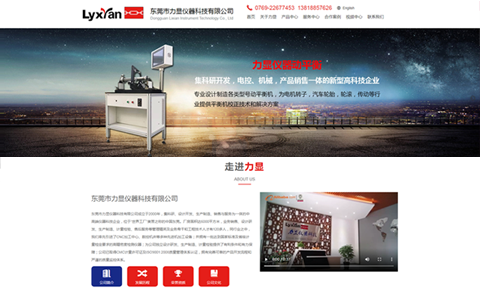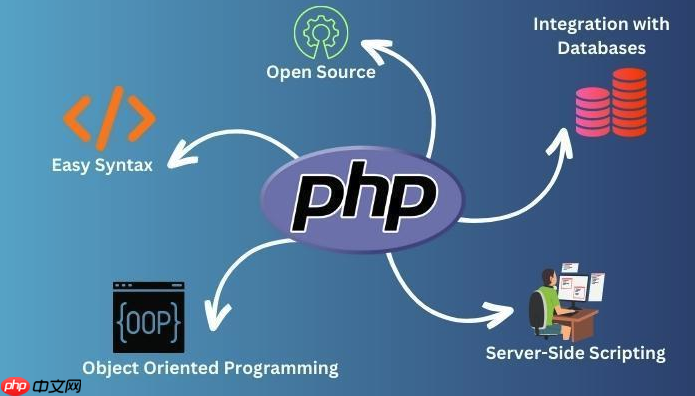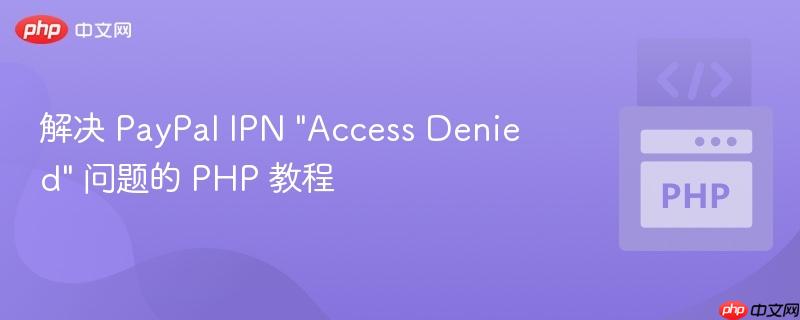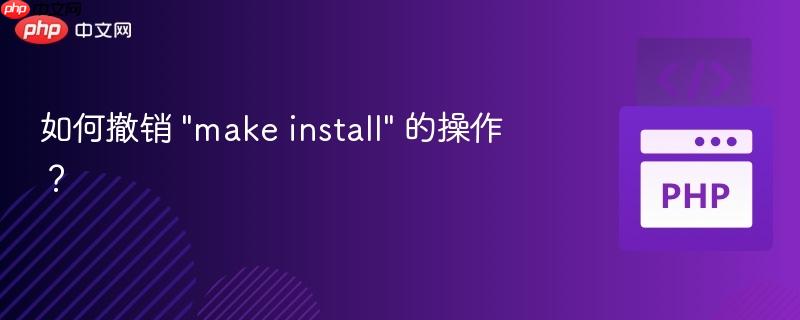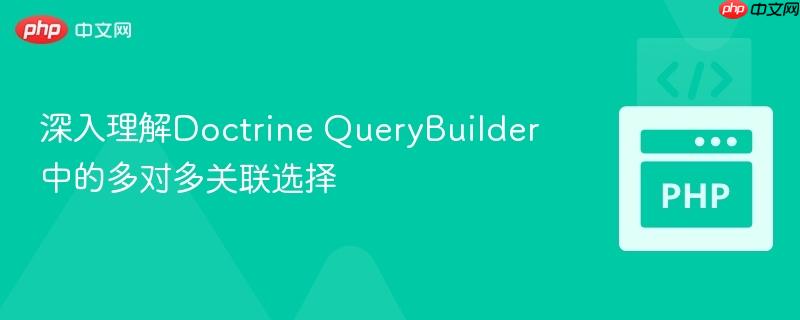
本教程详细阐述了如何在symfony和doctrine orm环境下,使用querybuilder精确选择具有多个多对多(manytomany)关联的实体。文章将通过一个“发送”(sending)实体与“地址”(address)实体之间,分别作为“发件人”和“收件人”的两个独立关联,演示如何正确构建查询以获取特定关联下的地址数据,避免了直接操作连接表的复杂性,并提供了清晰的代码示例和专业指导。
在Symfony应用程序中,当实体之间存在多个多对多(ManyToMany)关联时,使用Doctrine QueryBuilder进行数据查询可能会遇到挑战。尤其是在一个实体(例如Sending)需要通过不同的角色(例如sender和recipient)关联到另一个实体(例如Address)时,如何精确地选择所需的关联路径是关键。本文将深入探讨这一场景,并提供专业的解决方案。
理解多对多关联的复杂性
假设我们有一个Sending实体,它需要与Address实体建立两种不同的关联:一种作为发件人(sender),另一种作为收件人(recipient)。在Doctrine中,这通常通过在Sending实体中定义两个独立的ManyToMany映射来实现:
// src/Entity/Sending.phpnamespace App\Entity;use Doctrine\Common\Collections\ArrayCollection;use Doctrine\Common\Collections\Collection;use Doctrine\ORM\Mapping as ORM;class Sending{ private $id; // ... 其他属性 private $sender; private $recipient; public function __construct() { $this->sender = new ArrayCollection(); $this->recipient = new ArrayCollection(); } // ... getter和setter方法}登录后复制以及对应的Address实体:
// src/Entity/Address.phpnamespace App\Entity;use Doctrine\Common\Collections\ArrayCollection;use Doctrine\Common\Collections\Collection;use Doctrine\ORM\Mapping as ORM;class Address{ private $id; // ... 其他属性 private $sendingAsSender; private $sendingAsRecipient; public function __construct() { $this->sendingAsSender = new ArrayCollection(); $this->sendingAsRecipient = new ArrayCollection(); } // ... getter和setter方法}登录后复制在这种设置下,Doctrine会自动生成两个中间连接表:sending_sender_address和sending_recipient_address。
QueryBuilder的挑战与误区
当尝试使用QueryBuilder查询Sending实体并希望获取其关联的Address时,一个常见的误区是试图直接加入中间连接表,例如:
// 错误的尝试$builder = $this->entityManager->getRepository(Sending::class) ->createQueryBuilder('s') ->join('sending_sender_address', 'sa') // Doctrine会报错,因为它不是一个实体 ->join(Address::class, 'a');登录后复制这种做法会导致错误,因为sending_sender_address不是一个定义的实体,Doctrine无法识别。另一个问题是,如果只是简单地加入Address实体,QueryBuilder不知道应该使用哪一个多对多关联:
// 不明确的连接$builder = $this->entityManager->getRepository(Sending::class) ->createQueryBuilder('s') ->join(Address::class, 'a'); // 这将导致笛卡尔积或不明确的连接条件登录后复制正确的做法是,利用Doctrine ORM对实体关联的理解,通过实体属性来指定连接路径。
 喵记多
喵记多 喵记多 - 自带助理的 AI 笔记
 27 查看详情
27 查看详情 
正确构建QueryBuilder查询
Doctrine QueryBuilder允许我们直接通过实体关联属性来指定连接。这意味着我们不需要手动处理中间连接表,Doctrine会根据实体映射自动生成正确的SQL JOIN语句。
1. 动态选择关联类型
如果你需要根据运行时参数(例如,一个 $type 变量)来决定是查询发件人地址还是收件人地址,可以这样构建查询:
use App\Entity\Sending;use App\Entity\Address;use Doctrine\ORM\EntityManagerInterface;class YourServiceOrRepository{ private $entityManager; public function __construct(EntityManagerInterface $entityManager) { $this->entityManager = $entityManager; } public function getAddressesByType(string $type): array { $builder = $this->entityManager->getRepository(Sending::class) ->createQueryBuilder('s'); // 根据$type变量动态选择要连接的关联属性 if ($type === 'sender') { $builder->join('s.sender', 'a'); } elseif ($type === 'recipient') { $builder->join('s.recipient', 'a'); } else { throw new \InvalidArgumentException('Invalid type specified. Must be "sender" or "recipient".'); } // 可以在这里添加其他条件,例如筛选特定的Sending实体 // $builder->where('s.id = :sendingId')->setParameter('sendingId', $someSendingId); return $builder ->select('DISTINCT a') // 确保获取唯一的地址对象 ->getQuery() ->getResult(); }}登录后复制在这个示例中,join('s.sender', 'a')告诉QueryBuilder,我们希望从别名为s的Sending实体,通过其sender属性关联到Address实体,并将Address实体赋予别名a。Doctrine会智能地处理sending_sender_address中间表。
2. 简洁的动态关联选择
如果关联属性的名称可以直接与 $type 变量对应,代码可以进一步简化:
use App\Entity\Sending;use App\Entity\Address;use Doctrine\ORM\EntityManagerInterface;class YourServiceOrRepository{ private $entityManager; public function __construct(EntityManagerInterface $entityManager) { $this->entityManager = $entityManager; } public function getAddressesByDynamicType(string $type): array { // 验证$type是否有效,防止SQL注入或意外的属性访问 if (!in_array($type, ['sender', 'recipient'])) { throw new \InvalidArgumentException('Invalid type specified. Must be "sender" or "recipient".'); } $builder = $this->entityManager->getRepository(Sending::class) ->createQueryBuilder('s') ->join('s.' . $type, 'a'); // 直接使用$type作为关联属性名 // 可以在这里添加其他条件 // $builder->where('s.status = :status')->setParameter('status', 'completed'); return $builder ->select('DISTINCT a') ->getQuery() ->getResult(); }}登录后复制这种方法更加简洁高效,尤其适用于关联属性名与动态参数直接匹配的场景。
注意事项与最佳实践
无需显式加入中间表: Doctrine ORM的强大之处在于它抽象了数据库层面的连接细节。当你通过实体关联属性(如s.sender)进行join时,Doctrine会自动识别多对多关系,并生成包含中间连接表的正确SQL JOIN语句。你不需要在QueryBuilder中显式地引用sending_sender_address这样的表名。无需手动ON子句: 同样,由于Doctrine已经理解了实体间的关联映射,它会自动为JOIN操作生成正确的ON子句。手动添加ON子句通常是不必要的,除非你需要更复杂的自定义连接逻辑。SELECT DISTINCT: 如果你只想获取唯一的Address对象,无论它们被多少个Sending实体关联,使用-youjiankuohaophpcnselect('DISTINCT a')是很有用的。否则,如果一个Address作为多个Sending的发件人,它可能会在结果集中出现多次。验证输入: 当动态构建查询时,务必对用户输入或外部变量(如示例中的$type)进行严格验证,以防止潜在的SQL注入或尝试访问不存在的实体属性。性能考量: 对于大型数据集,请确保你的数据库表有适当的索引,特别是连接表中的外键。Doctrine生成的SQL通常是高效的,但数据库索引是查询性能的关键。总结
通过本教程,我们学习了如何在Symfony和Doctrine QueryBuilder中,有效地处理具有多个多对多关联的实体查询。关键在于理解Doctrine如何通过实体属性映射来管理关联,并利用join('entity_alias.association_property', 'joined_entity_alias')的语法。这种方法不仅代码更简洁,而且更符合ORM的设计哲学,让开发者能够专注于业务逻辑,而非底层的SQL细节。遵循这些指导原则,你将能够构建出健壮、高效且易于维护的Doctrine查询。
以上就是深入理解Doctrine QueryBuilder中的多对多关联选择的详细内容,更多请关注php中文网其它相关文章!

